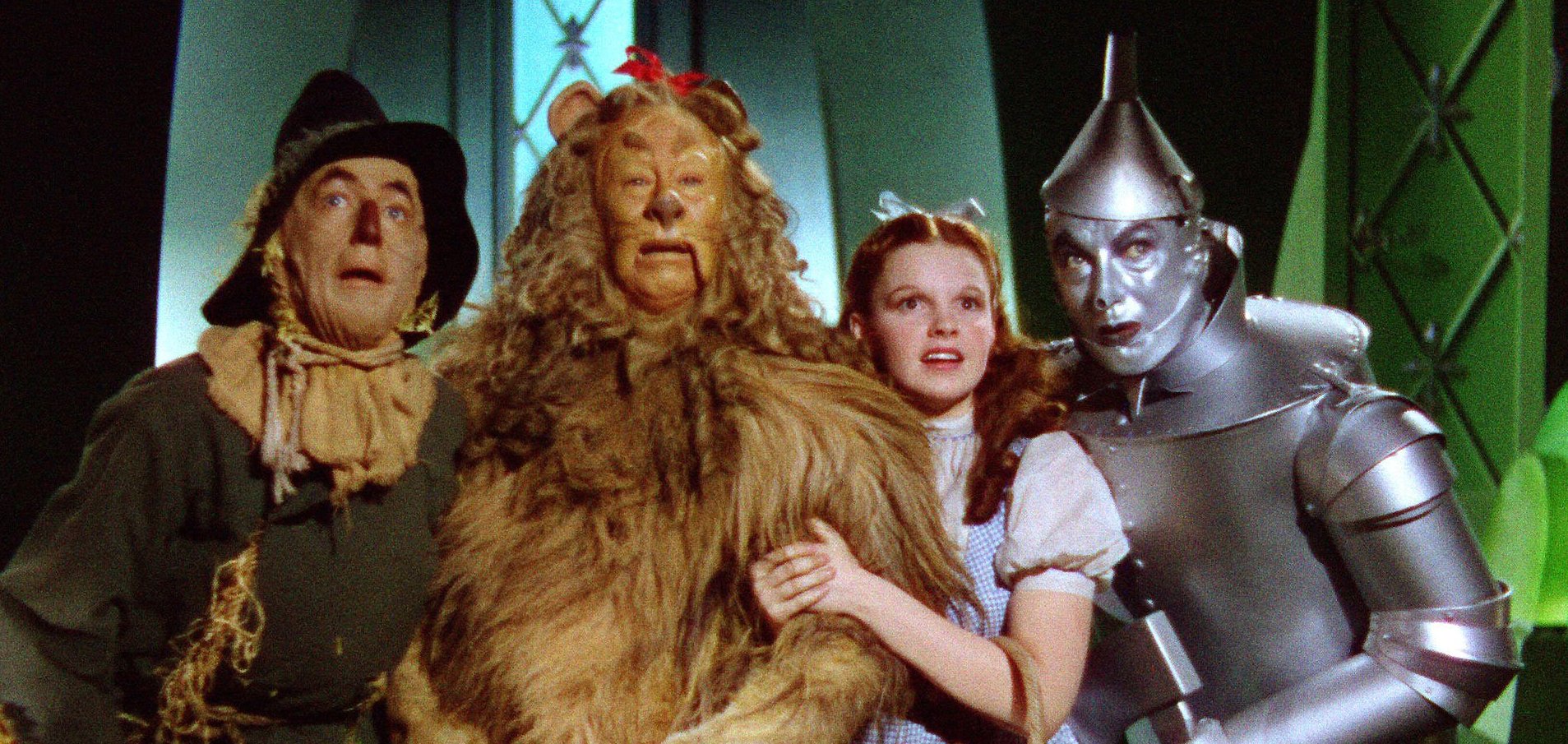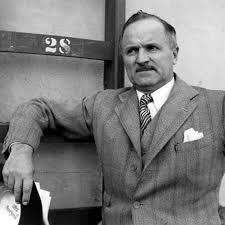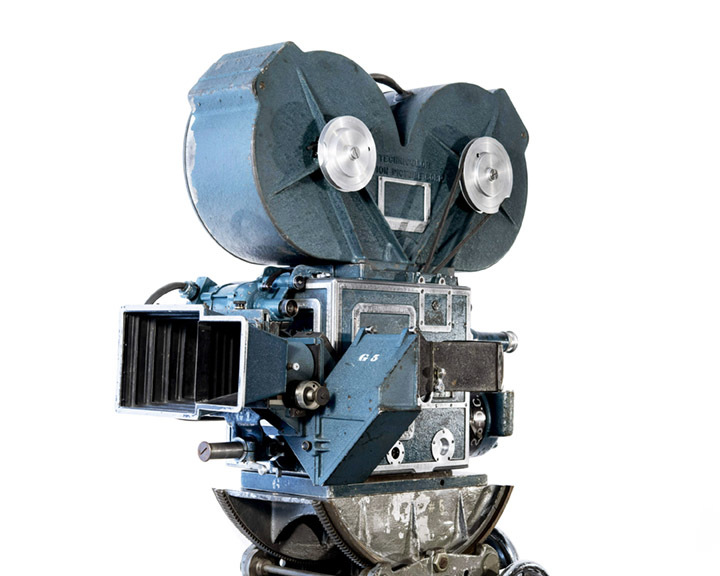
Beyond The Frame: The Wizard of Oz
The Technicolor process added a vivid visual magic to this classic fantasy tale.

While the difficult production of The Wizard of Oz (1939) would have four directors — including Richard Thorpe, George Cuckor, King Vidor and Victor Fleming (who would be finally credited) — MGM studio cinematographer Harold Rosson, ASC would see the production through from beginning to end. The opening and closing credits, as well as the Kansas sequences, were filmed in black-and-white and tinted using a sepia-tone process.
Here, under the supervision of Rosson (foreground), the camera crew eases a blimped three-strip Technicolor unit through their forest set while trailing three of the film’s iconic heroes:

The extreme amount of illumination required by the Technicolor filming process — with the cinematographer working with an effective ASA 5 rating due to the internal filtration and beam-splitting optics employed by the camera to separate individual red, green and blue records of the image captured by the taking lens — required extensive lighting, with the temperature on the set frequently topping 100°F.

The Technicolor DF-24 Beam Splitter Motion Picture Cameras — invented in 1932 — were manufactured to the company’s specs by Mitchell Camera Corporation, with fewer than 30 made.
This example is from the personal collection of Richard Edlund, ASC:



Here are two informative shorts on the Technicolor system and the company’s unique printing process that brought its grandiose imagery to the screen:

The Wizard of Oz was selected as one of the ASC 100 Milestone Films in Cinematography of the 20th Century.






